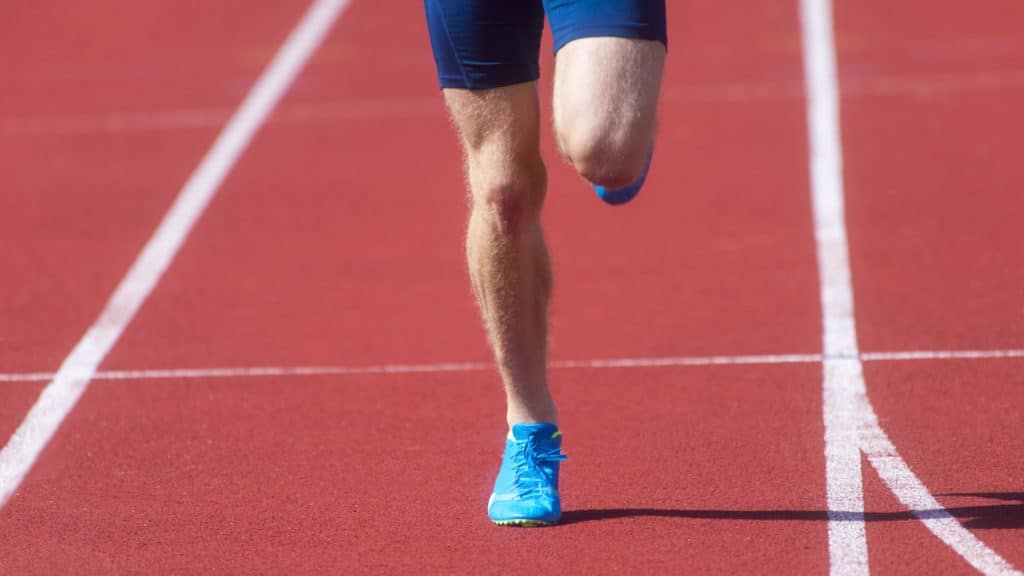Creating a Safe Environment
Running tracks provide consistency not found on unpredictable terrain, ensuring athletes can train under controlled conditions. Unlike uneven pavements or rugged trails, running tracks minimize the risk of injuries associated with tripping or falling. This controlled environment is crucial for new runners and seasoned athletes alike. If you’re intrigued by the design and benefits of running tracks, click here for more comprehensive information on this topic.
Moreover, running tracks are typically built with materials that offer better shock absorption than natural surfaces. It can significantly reduce the stress on an athlete’s joints, making it easier to maintain a consistent training regimen without the added risk of injury. Additionally, the upkeep of a running track eliminates obstacles like cracks, roots, and uneven patches, which are standard in outdoor settings, providing a safer, more predictable surface for running or walking.
Enhanced Athletic Performance
Athletes benefit from the resilience of specialized running track surfaces. Tracks are designed to offer optimal traction and shock absorption, leading to improved performance metrics. Studies have shown that running on well-maintained tracks can enhance speed and reduce fatigue compared to other surfaces. The consistent surface helps maintain regular stride patterns and reduces joint stress, allowing for more efficient and longer training sessions.
For instance, the material of a running track often includes a mix of synthetic rubbers, which help with energy return, giving runners an extra “bounce” that translates into improved performance. Elite athletes frequently use running tracks for interval training, where the uniformity of the surface helps them gauge and improve their speed accurately. Whether it’s sprinting, middle-distance running, or practicing long-distance endurance, the design of running tracks supports various types of athletic training, catering to different needs and enhancing overall performance.
Benefits for the Community
Running tracks aren’t just beneficial for athletes. Accessible to all age groups, they provide a communal space where people can gather, exercise, and socialize. In some communities, these tracks serve as venues for local events, further enhancing social cohesion and physical activity levels. Moreover, a well-maintained running track can encourage more residents to start a fitness regimen, contributing to a healthier lifestyle for the entire community.
Community running tracks often become hubs for social interaction. Families, friends, and neighbors can meet for group runs, walking clubs, or casual strolls. This social aspect is vital for community well-being as it fosters relationships and creates a sense of belonging. Furthermore, many community events, such as charity runs and school sports competitions, occur on these tracks. These events can inspire community members to engage in more physical activities, promoting a healthier, more active lifestyle across various age groups.
Maintenance and Durability
High-quality running tracks require maintenance to ensure longevity and safety. Regular upkeep can prevent surface cracks and erosion. Properly maintained tracks provide a consistent running experience and extend the facility’s life, making them a worthy investment for any community or institution. Routine maintenance includes:
- Cleaning the surface.
- Checking for and repairing any damage.
- Ensuring drainage systems function correctly to prevent waterlogging and damage to the track material.
Running track maintenance also involves periodic resurfacing and lining to keep lanes visible and the surface even. Regular inspections are important to catch minor issues before they become significant problems. For example, small cracks can be sealed before they expand, and debris can be promptly removed to prevent hazards. Investment in maintenance not only assures the safety and comfort of the users but also helps preserve the track’s quality, making it a more sustainable resource for the community.
Designing Inclusive Running Tracks
Consideration for wheelchair accessibility and designated lanes for walking ensures that everyone, regardless of their physical abilities, can benefit from these facilities. Inclusive design principles help promote an active lifestyle for all community members, contributing to overall well-being. Proper lighting, accessible restrooms, and seating areas can make the track more welcoming to a broader audience.
Lanes can be more comprehensive to facilitate wheelchair athletes, and tactile paving can assist visually impaired users. Additionally, incorporating rest areas and shade structures helps accommodate older adults who may need breaks during their exercise routines. By promoting inclusivity, running tracks can provide equitable opportunities for fitness and recreation, ensuring that all community members can participate in physical activities comfortably and safely.
Final Thoughts
Running tracks offer numerous benefits, from enhanced athletic performance to improved community cohesion. They provide a controlled environment that minimizes injuries and boosts athletic training. Moreover, the inclusive design ensures that everyone in the community can enjoy these facilities. Therefore, investing in running tracks is a step towards fostering a healthier, more connected community.
The thoughtful integration of running tracks into community spaces reflects a commitment to promoting public health and well-being. Whether for competitive athletes or casual joggers, these facilities serve as vital infrastructures that support and enhance physical activity while acting as social gathering points that strengthen community ties. In today’s fast-paced, often sedentary society, the value of running tracks in encouraging a balanced, active lifestyle cannot be overstated.
